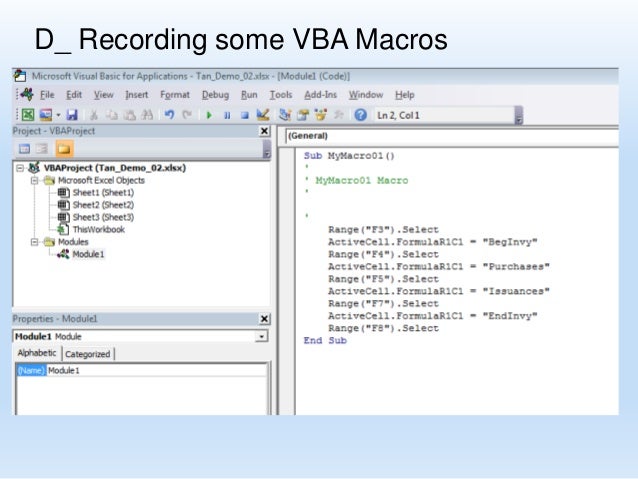

The next best thing is to hold the COMMAND + Shift keys down while you tap the left arrow and up arrow keys until you reach cell A1. Of course if you can’t see cell A1 in the current window there is no Home button on the Mac to help you out. Once you find the last cell, you can then hold the Shift key down and click cell A1 to select the entire range. Select the Used Range by Navigating Back Home Tip: Sometimes you can delete the seemingly extra rows and columns outside your data range and it will reduce the file size. The last cell may sometimes surprise, because Excel considers cell formatting as being “used” so you may see blank cells that are way outside your data range.

Just use the keyboard shortcut CONTROL + G to bring up the Go To dialog box.Ĭlick Special… which will bring up the Go To Special dialog box. This “last cell” is not always apparent, but easily found.

The used range on a worksheet starts with cell A1 and ends with the last used cell in the worksheet. However, using Excel on a Mac makes you keenly aware that there’s no Home button. I recently read a good blog post over at Contextures about selecting the actual used range on an Excel sheet, both manually and with VBA.


 0 kommentar(er)
0 kommentar(er)
